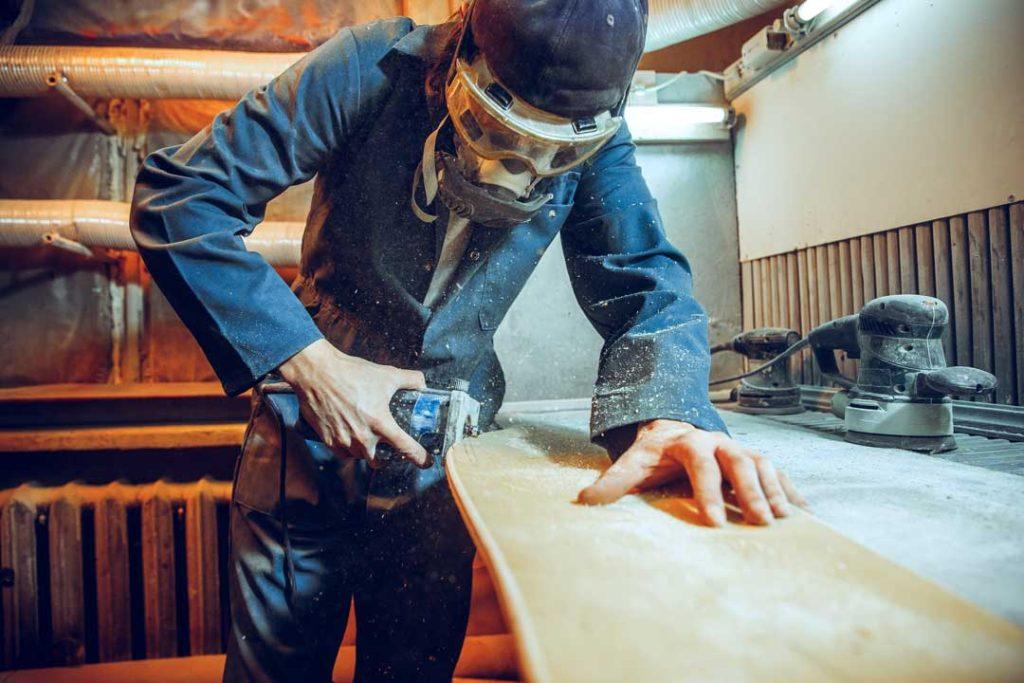With the ascendancy of design-centric occupations like architecture and engineering in academic circles, there’s a growing concern that artisans are losing their societal standing to designers or architects. The predicament lies in the modern emphasis on concepts and statements over traditional craftsmanship, with technical skills being dismissed as mere decoration or ornamentation. This shift not only overlooks the vital role of artisans such as carpenters, upholsterers, tile makers, candle makers, leatherworkers, and more, but also underestimates the irreplaceable human touch in creative endeavors.

Image by master1305 on Freepik
While conceptual thinking holds its place in fields like architecture and design, it cannot overshadow the significance of aesthetics and craftsmanship. Human beings inherently crave beauty and are driven to create it, akin to the divine act of creation. While machines may aid in production, they lack the intuitive and artistic essence that defines true craftsmanship. Bridging the gap between creativity and functionality, while allowing space for beauty, is crucial for global artistic movements to flourish.
So why do we struggle to create intentionally beautiful yet functional things, instead preferring mechanized efficiency? As beings created in the image of God, wired to create and follow our intuition, why do technical skills take a backseat? The allure of historical streets like Prague’s old town amidst our race to erect skyscrapers raises questions about our societal values. Perhaps we should aspire to cultivate a generation adept in perfect craftsmanship, marrying artistic vision with practicality, rather than pursuing mechanization.
Beauty holds a therapeutic essence, evidenced by the surging mental health issues in urban settings where we are detached from nature. Ornaments and decorations draw us closer to beauty, making artisans and artists the lifeblood of our society.
